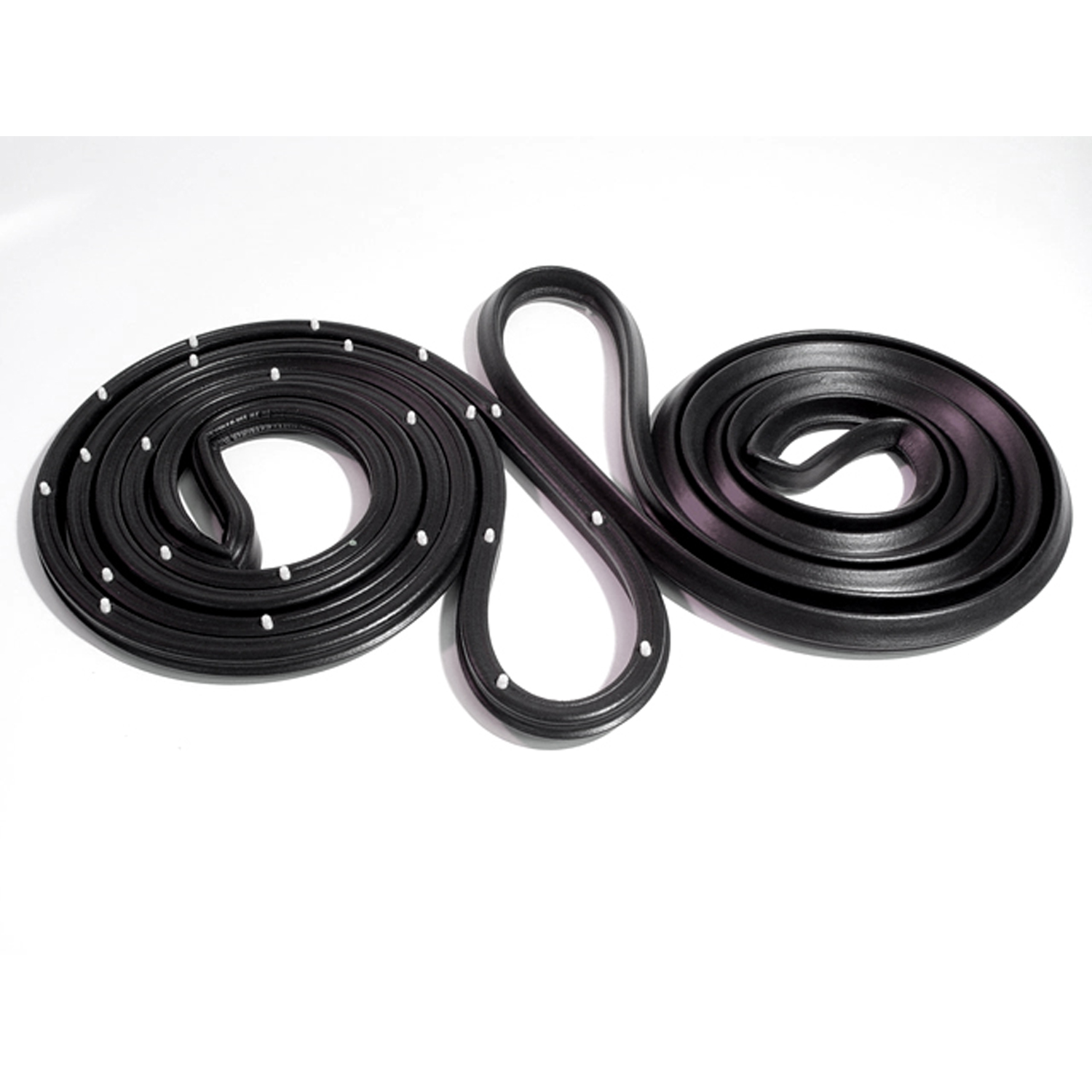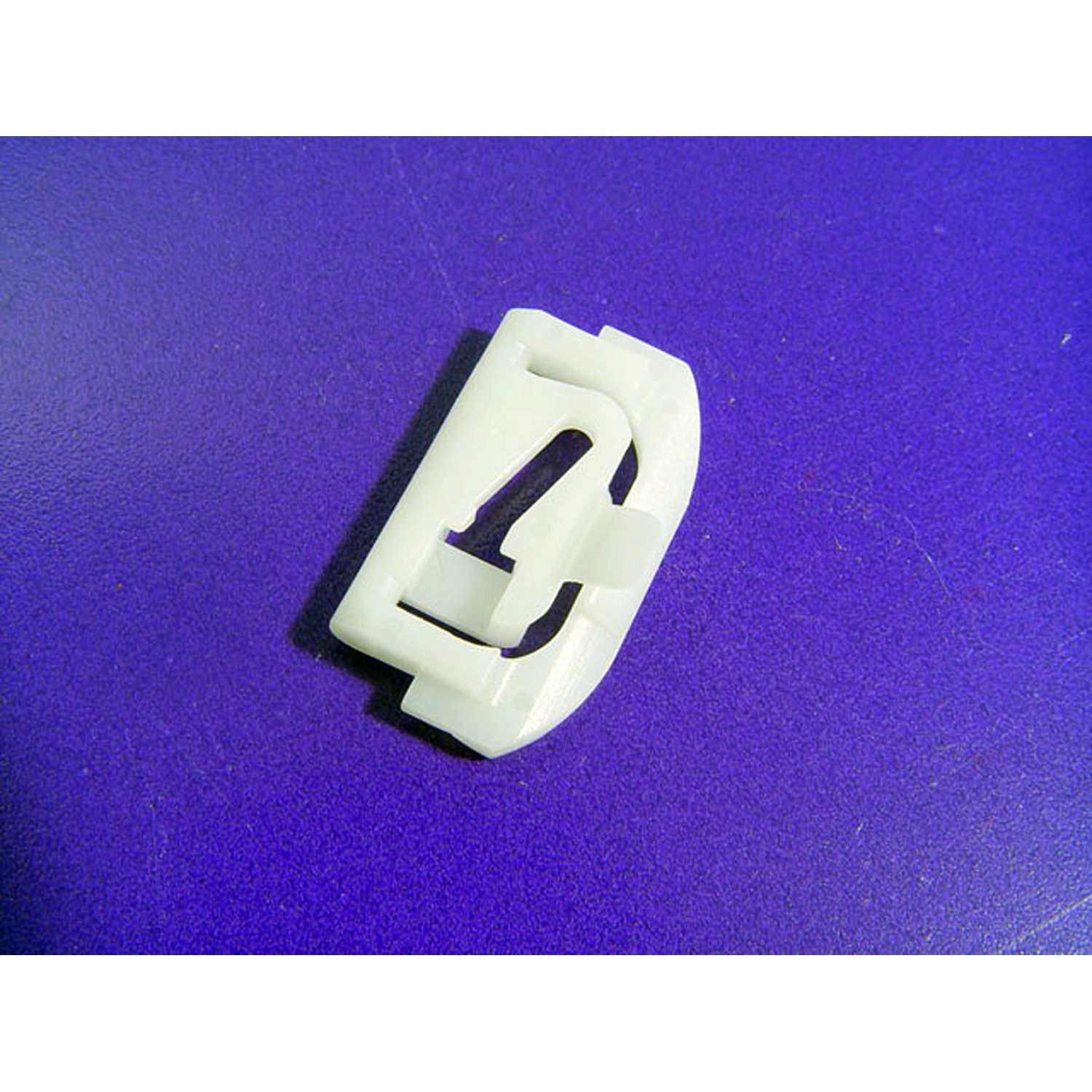Image of 1982 American Motors Eagle, Note: These illustrations use artistic license and may differ from actual historical models.
Performance Metrics
Fundamental Metrics
Emotional Appeal
MMP Rating
| Engine Specifications | |
|---|---|
| Engine: | 4.2L I6, 5.0L V8 |
| Displacement: | 258-304 cu in |
| Horsepower: | 110-150 hp |
| Torque: | 210-240 lb-ft |
| Compression Ratio: | 8.0:1 (I6), 8.4:1 (V8) |
| Ignition System: | Electronic Ignition |
| Cooling System: | Liquid-cooled |
| Performance Specifications | |
| 0-60 Time: | 15-17 seconds |
| 1/4 Mile Time: | 20 seconds |
| Top Speed: | 100 mph |
| Transmission and Drive | |
| Drive Type: | 4WD |
| Transmission Type: | 3-speed automatic, 4-speed manual |
| Fuel and Efficiency | |
| Fuel System Type: | Carburetor |
| MPG: | 15-20 mpg |
| Dimensions and Brakes | |
| Brakes: | Front disc, rear drum |
| Wheelbase: | 109.3 in |
| Weight: | 3,600 lbs |
Note: Specifications for classic cars are given to the best of our ability, considering the limited and variant data available.
1982 American Motors Eagle: A Trailblazer of Versatility
The 1982 American Motors Eagle soared into the automotive landscape as a pioneer, merging the comfort of a passenger car with the rugged capability of a four-wheel-drive. This unique blend was an innovative solution from American Motors Corporation (AMC), a company known for thinking outside the conventional box. At a time when gas-guzzling giants roamed the roads, the Eagle offered a refreshing alternative that would leave its mark on the industry and pave the way for future crossover SUVs.
Design and Innovation
The exterior of the American Motors Eagle exuded confidence with its raised stance and utilitarian lines. It was a vehicle that looked just as at home on city streets as it did on backcountry trails. The interior was surprisingly comfortable, with materials that were robust yet inviting, reflecting its dual-purpose nature. Technologically, the Eagle was ahead of its time, featuring an innovative full-time four-wheel-drive system that provided superior traction long before it became a common feature.
Color options for the Eagle ranged from the earthy tones typical of the era to more vibrant hues, with deep browns and forest greens being popular choices among consumers. The vehicle came in various body styles, including sedans, wagons, and even a coupe version. However, it was the wagon that became emblematic of the Eagle line, offering both space and versatility.
Historical Significance
The AMC Eagle's impact on automotive design cannot be overstated. It effectively created a new segment in the market—the crossover—that combined elements from different vehicle types into one cohesive package. This innovation set it apart from contemporaries and laid groundwork for future SUVs and crossovers that dominate today's market.
Performance and Handling
Performance-wise, the 1982 Eagle wasn't built to break speed records but rather to offer reliable and steady propulsion. Its top speed and acceleration were modest by today's standards; however, where it truly excelled was in its ability to handle challenging driving conditions with aplomb. The ride quality was comfortable without sacrificing control, providing drivers with confidence on both asphalt and less forgiving terrains.
Ownership Experience
Owners of the AMC Eagle often used their vehicles as daily drivers thanks to their practicality and durability. Maintenance and reliability were strong suits for the Eagle, with many parts being easy to source and replace by average owners. It was not uncommon to see Eagles surpassing significant mileage milestones with regular care.
Fun Facts
The AMC Eagle has its share of trivia-worthy highlights. For instance, some models featured an interior designed by fashion designer Pierre Cardin, adding an extra touch of style. While not known for breaking speed records, it did break conventions and became a beloved icon for its uniqueness.
Collector's Information
Today, collectors might find an AMC Eagle valued anywhere from a few thousand dollars for models in fair condition to upwards of $10,000 or more for well-preserved examples. Production numbers were not exceedingly high, making well-maintained Eagles relatively rare finds. As appreciation grows for vehicles that carved new paths in automotive history, Eagles are slowly but steadily climbing in value.
Conclusion
The 1982 American Motors Eagle stands as a testament to innovation and versatility in an era when such qualities were truly groundbreaking. Its legacy is seen in every crossover SUV that graces modern roads—a lasting tribute to AMC's forward-thinking approach to automotive design.
1982 American Motors Eagle Catalog of Parts
 1982 American Motors Eagle Molded door seals. For 2-door sedan-LM 31-CMolded door seals. For 2-door sedan. Proper clips correctly positioned. 148 in. (375.9 cm) L. Pair. R&L.
1982 American Motors Eagle Molded door seals. For 2-door sedan-LM 31-CMolded door seals. For 2-door sedan. Proper clips correctly positioned. 148 in. (375.9 cm) L. Pair. R&L. 1982 American Motors Eagle Lower Side Window Reveal Molding Clip. Made of nylon-WF 214Lower Side Window Reveal Molding Clip. Made of nylon. 1-1/4" x 3/4". Each
1982 American Motors Eagle Lower Side Window Reveal Molding Clip. Made of nylon-WF 214Lower Side Window Reveal Molding Clip. Made of nylon. 1-1/4" x 3/4". EachWhy Choose Metro?
For over 100 years, Metro Moulded Parts has been the pinnacle of quality in classic car restoration parts. Our commitment to precision and authenticity in every component ensures a perfect fit and an OEM-level appearance.
- Expert Craftsmanship & Quality: Each part is a testament to our dedication to reliability and perfection, crafted from original designs and thoroughly tested.
- Advanced Technology: We use cutting-edge techniques to create flawless, long-lasting parts that surpass others in performance.
- SuperSoft Sponge – The Ultimate Door Seal: Not only are our door seals 30% softer than competitors', but they're also guaranteed to never leak. They effectively reduce wind and road noise, enhancing your classic car's comfort and driving experience.
- Proudly American: Our parts are a product of American craftsmanship, made in the USA with a spirit of excellence and heritage.
- Unrivaled Warranty: We back our products with a 30-year industry-leading warranty, a testament to our confidence in their quality.
Join us in preserving the legacy of classic cars with parts that are crafted for perfection, not just made.

